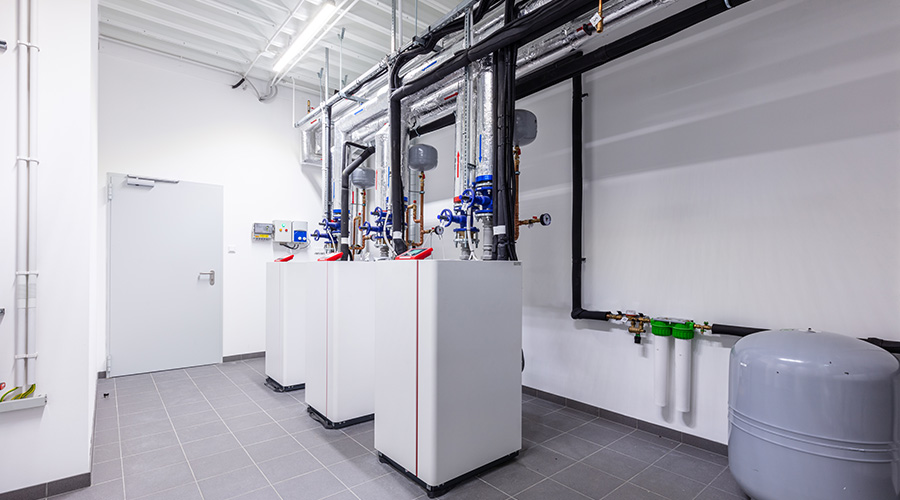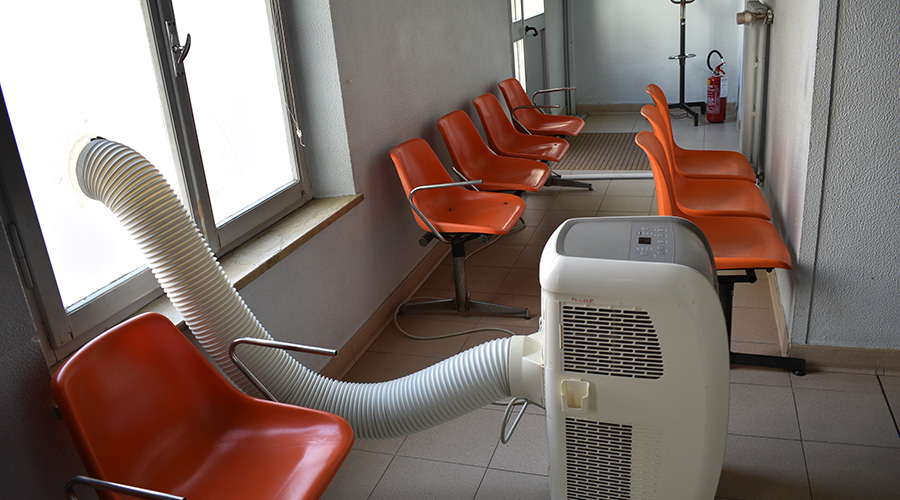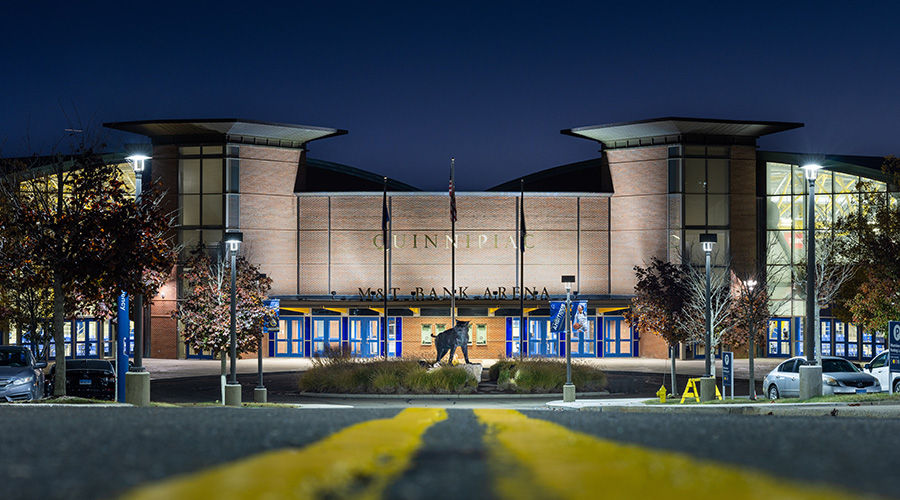Cost Savings From Variable Only, Primary Flow Chilled Water Pumping
Once upon a time — long before anyone used variable only, primary flow chilled water pumping — primary constant chilled water pumping was the rule of the land. Moving in a simple up and back configuration, this constant flow of water wasted a lot of energy. By the mid-‘90s, variable frequency drive (VFD) technology became more affordable and its controls more accessible, and the primary/secondary system was born. In this configuration, the secondary, or building side, was outfitted with variable speed pumps, while the chiller or boiler plant remained primary flow, as its equipment wasn’t built for varying speeds.
Fast-forward to the last five to 10 years, when manufacturers developed more sophisticated equipment. Today’s chillers and boilers actually feature their own VFDs, allowing a range of flow between 40 percent and 140 percent, so equipment can be under-flowed and overflowed and still function optimally.
And so begins the story of variable only, primary flow chilled water pumping.
Variable primary flow chilled water pumping features one hydronic loop that serves both the plant and the building, directly connecting the two entities and their water flow rate, which will fluctuate based on the building’s demand. Ideal for new facilities with large pumping loads or buildings that are operational 24-7, like hospitals, museums, manufacturing plants, etc., variable primary flow chilled water pumping can offer a range of benefits to these facilities. They include:
• Potential to save pumping energy. This is arguably the greatest benefit to variable only pumping. Daily operational costs can be minimized by moving only the necessary amount of water required for the chiller or boiler load demand. Savings typically fall in the single digits, between 3 percent and 8 percent of the daily energy operating budget, compared to constant primary/variable secondary pumping systems.
• Less equipment. Life cycle costs are lower with the variable primary flow pumping system because there are fewer pumps to maintain.
• Lower first cost compared to primary/secondary system. Requiring less equipment than the previous industry standard (the primary/secondary system), variable only, primary flow chilled water pumping only requires one system loop, minimizing upfront capital costs. (Infrastructure capital costs are similar to the primary constant volume system, which also featured a single loop.)
Related Topics:












